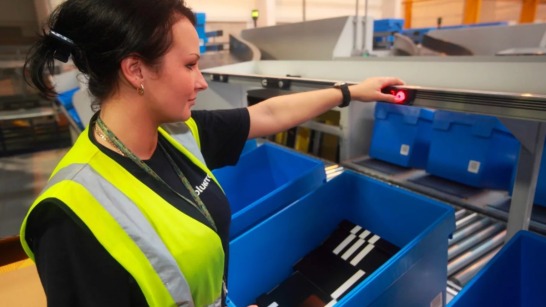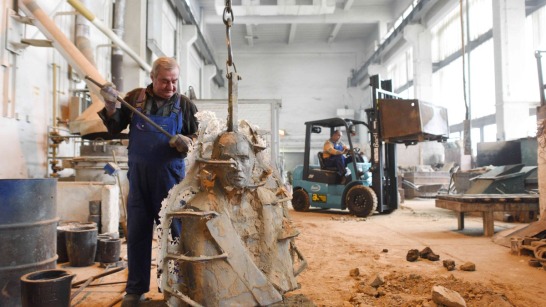Picture an everyday customer walking into his local sportswear store. We will name him Shai. Shai stops by the store every two weeks to check out some of the newest releases from Adidas and other well-known brands. This time around, Shai did not just shop but also asked himself, “How do Adidas and other brands manage to release new clothes and equipment so fast?” He wasn’t certain, so he decided to ask someone who knows.
An automated game plan for time and efficiency
Sometimes, a company and its sports brands grow so fast – it starts facing distribution challenges. That’s what happened to Adidas. The company’s Northern Europe operations had problems keeping pace with its brands’ rapid growth. That’s when it decided to come up with a game plan. But not without the help from our intralogistics solution provider: The KION brand Dematic.
The main challenge for Adidas was the efficient and timely distribution of its top-tier sports footwear, apparel, and accessories. And that’s why Adidas chose Dematic. Because it offers “automated solutions that greatly increase efficiency and throughput rates, especially for e-commerce. It’s one of our biggest advantages,” said Mason Wang, Dematic International Trading Ltd., Shanghai. In China, for example, Dematic and Adidas worked together to develop the Suzhou X project – a large warehouse solution including thousands of pallets and a 20-meter-high Multishuttle system, among other components and equipment. So, it’s safe to say – it isn’t Dematic’s first rodeo. They even assisted Adidas with other ventures, such as automation projects for distribution facilities in Germany and Australia. Therefore, Dematic and Adidas have already started developing a friendship.
Adidas used to manage four different warehouses to serve its five key brands – even though it could replace them with one automated distribution facility instead. So, after 18 months, Adidas had put to gether a 350,000-square-foot distribution centre in Trafford, Manchester. That’s when it passed the baton to Dematic. Dematic then equipped the warehouse with large, automated storage and retrieval systems (AS/RS), allowing operators to process up to 24 orders simultaneously. It also enabled workers to pick over 40,000 split case items daily. In addition, space utilization was improved drastically. The result is a flexible solution packed with efficient, time-friendly distribution processes. Tim Adams of Adidas Group confirms that automation now allows the company “to handle a lot of volume in a relatively small amount of space, which keeps overheads down.”
So Shai, as you can see: Dematic really helped Adidas knock it out the park!







